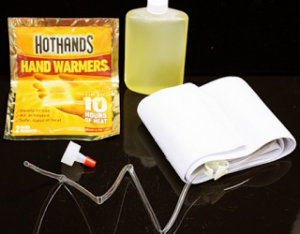
There are many ways that a drug user will try and cheat a drug test. Although we know about most of them, sometimes we come across a new one.
We recently had a donor come into our clinic for a DOT (Department of Transportation) drug test. People who test under DOT include truck drivers, pilots, some railroad workers, etc. The federal government has many regulations for DOT drug tests, so it’s a bit more serious than your average drug test. This particular donor began his drug test just like anyone else.



